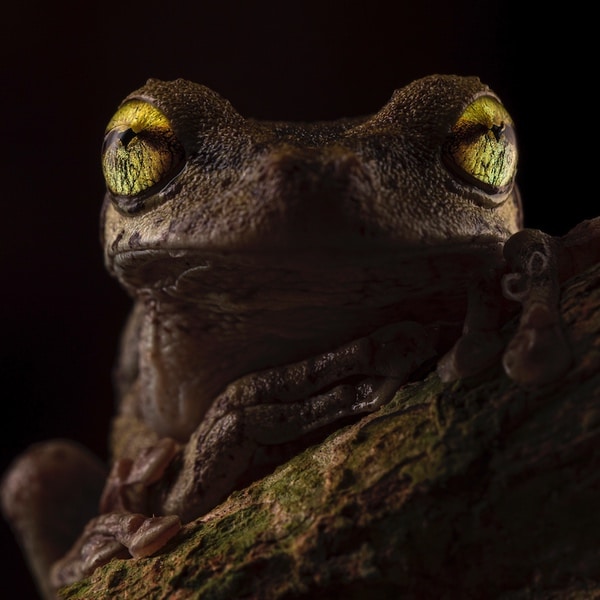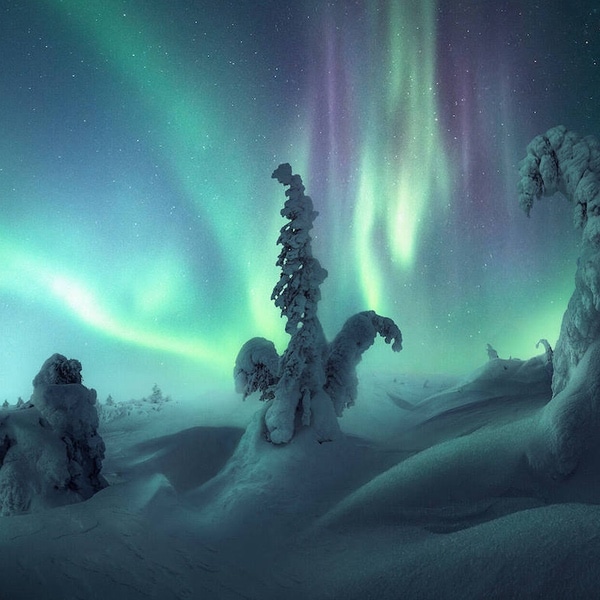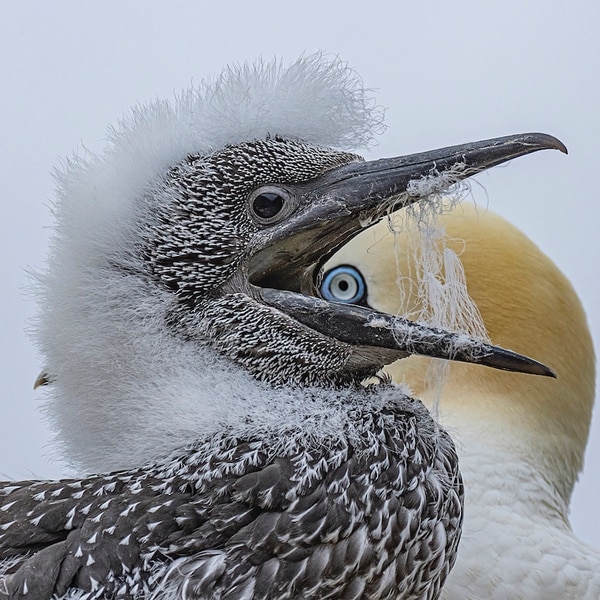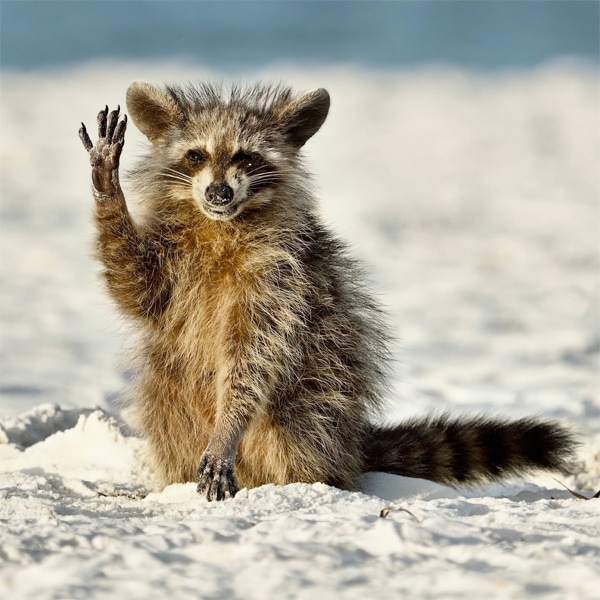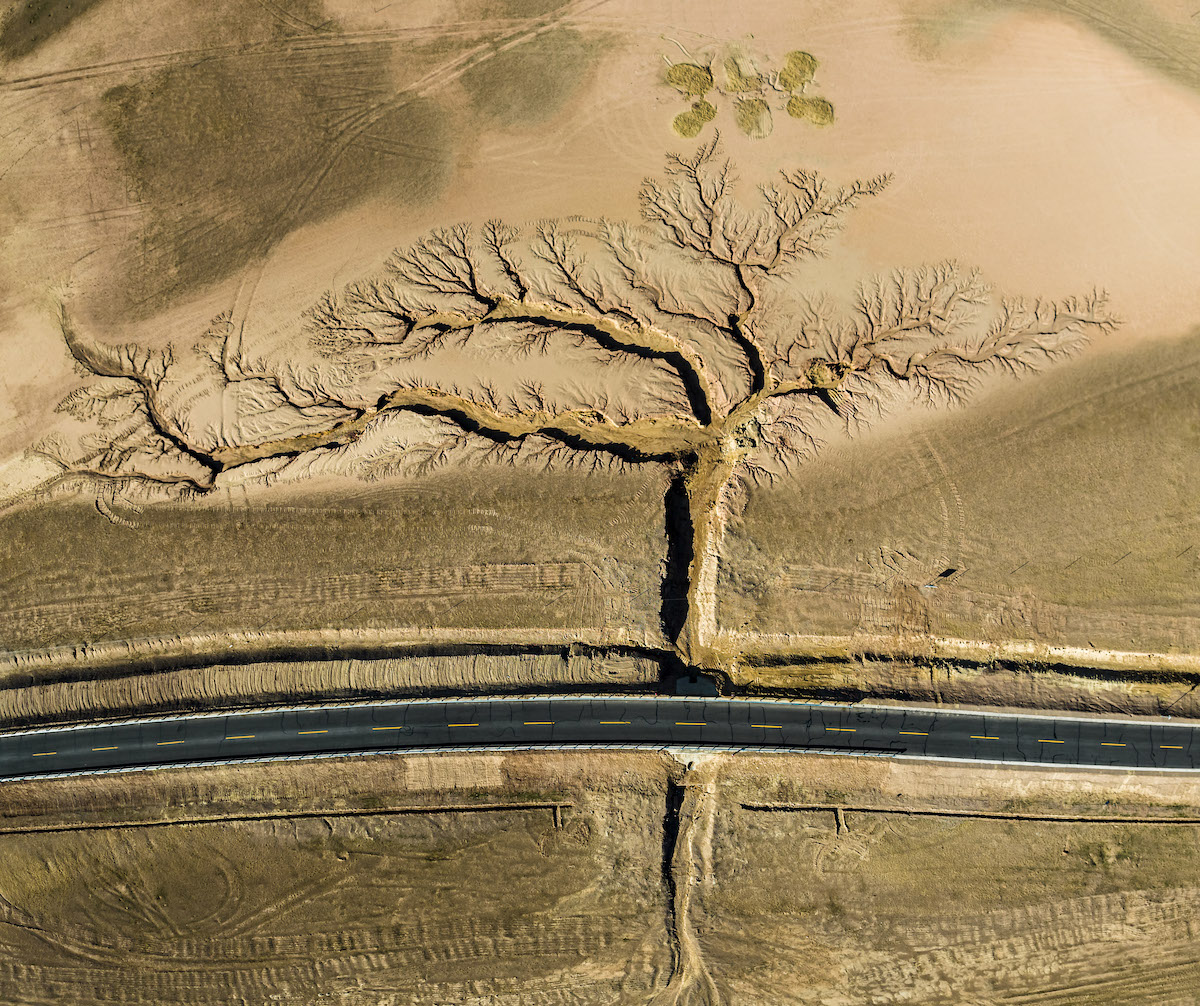
“Untitled” by Li Ping (China). Grand Prize Winner.
“On either side of a highway, gullies formed by rainwater erosion span out like a tree in Tibet, an autonomous region in southwest China. To capture this image, photographer Li Ping slept alone in a roadside parking lot overnight before using a drone in the early morning hours to photograph this natural landscape.”
Every year, the global environmental organization The Nature Conservancy holds a photo contest to show the beauty of nature and what we stand to lose to climate change. The 2022 Photo Contest saw the largest participation ever, with entries from 196 countries across six categories. The winning photos were carefully selected by an expert panel of judges that included conservation photographer Ami Vitale and the host of YouTube’s Brave Wilderness, Coyote Peterson.
Chinese photographer Li Ping took home the top prize for his drone’s-eye view of a lonely highway in Tibet, bordered on each side by gullies extending outward in the shape of a tree. The image beat out over 100,000 photographs and was a beautiful reward for the effort he put forth to take the photo. To get the best light for the image, he actually slept in a roadside parking lot in order to use his drone in the early morning hours.
Two other photographers received special awards, as their images were singled out by Vitale and Peterson. Vitale's top choice was Shafeeq Mulla‘s haunting photo of a leopard carrying the carcass of a monkey, its baby still clinging to its body. The well-framed photo gives a glimpse into the harsh realities of the natural world.
Peterson, instead, gave his prize to well-known photographer Florian Ledoux. Ledoux's photograph shows a female polar bear nursing her two cubs in an abandoned Soviet coal mining settlement in the Norwegian archipelago of Svalbard.
“The abandonment of the Russian settlement is a powerful statement that nature can and hopefully will reclaim its rightful place and despite the mess we leave behind life finds a way,” shares Peterson. “For an animal like the polar bear, which is physically running out of space for existence due to constantly melting sea ice, the bravery it shows for a mother to find a place of refuge for her cubs is a heartwarming scene amongst the frigid feel this entire vision portrays.”
Check out some of our favorite winners and finalists from the 2022 contest below. And, if you want to get involved, learn more about how you can help save nature on The Nature Conservancy's website.
Enjoy the winners of The Nature Conservancy 2022 Photo Contest.
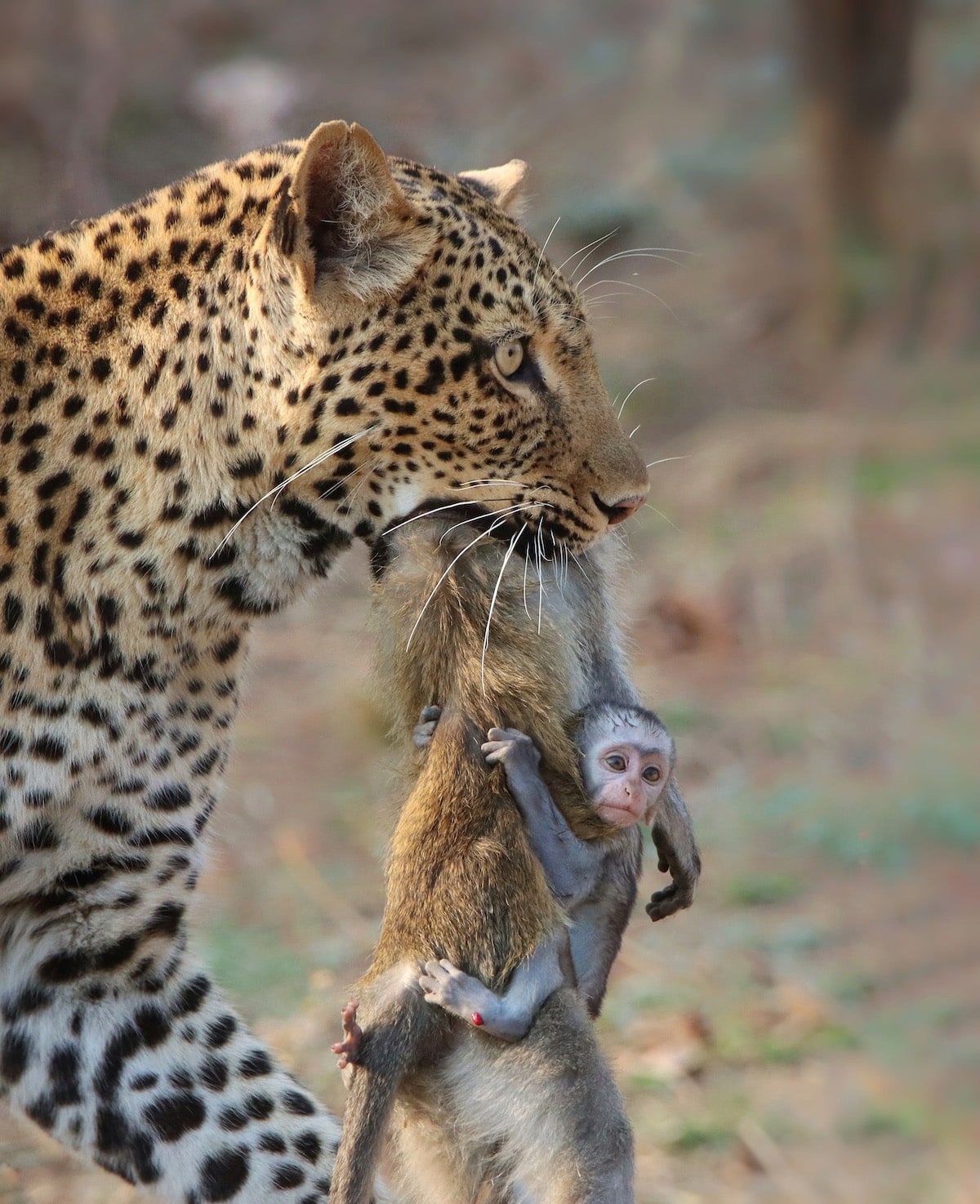
“An Unforgiving kingdom” by Shafeeq Mulla (Zambia). Guest Judge Ami Vitale’s Choice.
“A leopard known as Olimba carries the carcass of a female vervet monkey with its baby still hanging on for dear life.”
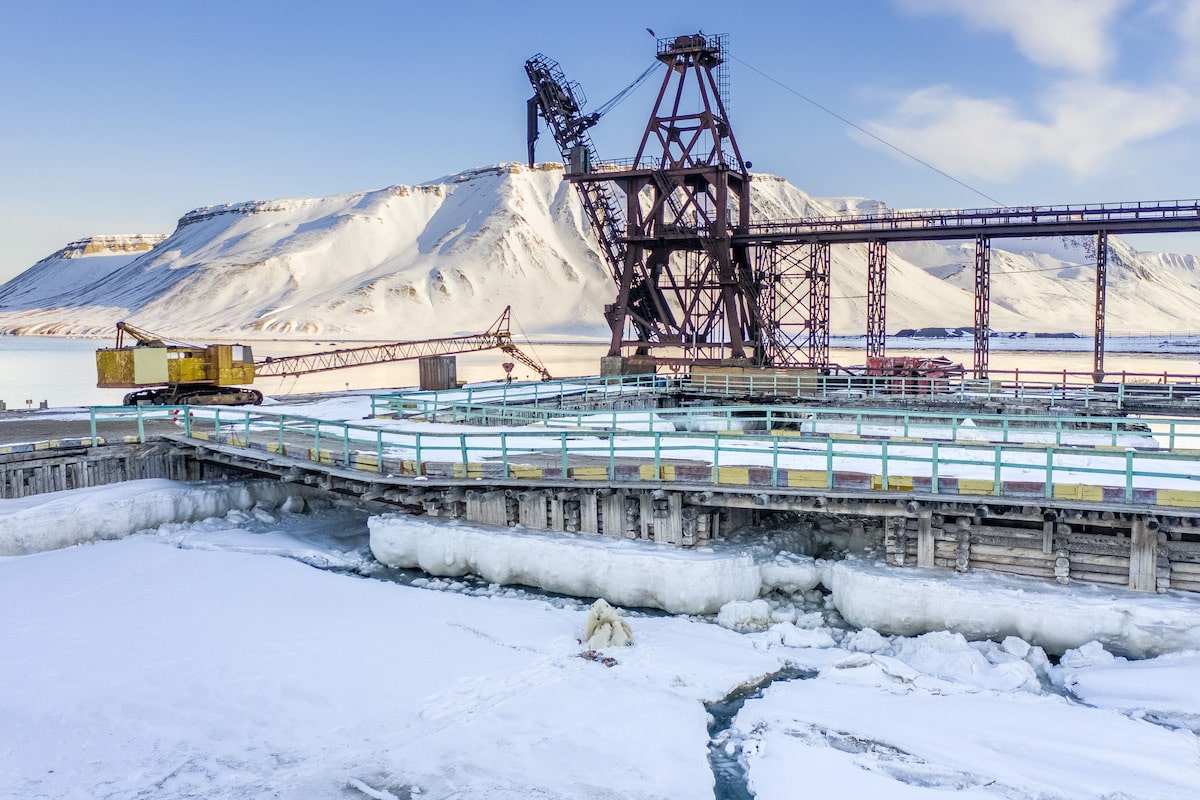
“Breastfeeding in town” by Florian Ledoux (Norway). Celebrity Judge Coyote Peterson’s Choice.
“A female polar bear breastfeeding her two cubs of the year in the harbor of the abandoned Russian settlement, Pyramiden. Often the bears here roam into the human infrastructure left behind with all sort of pollutants.”
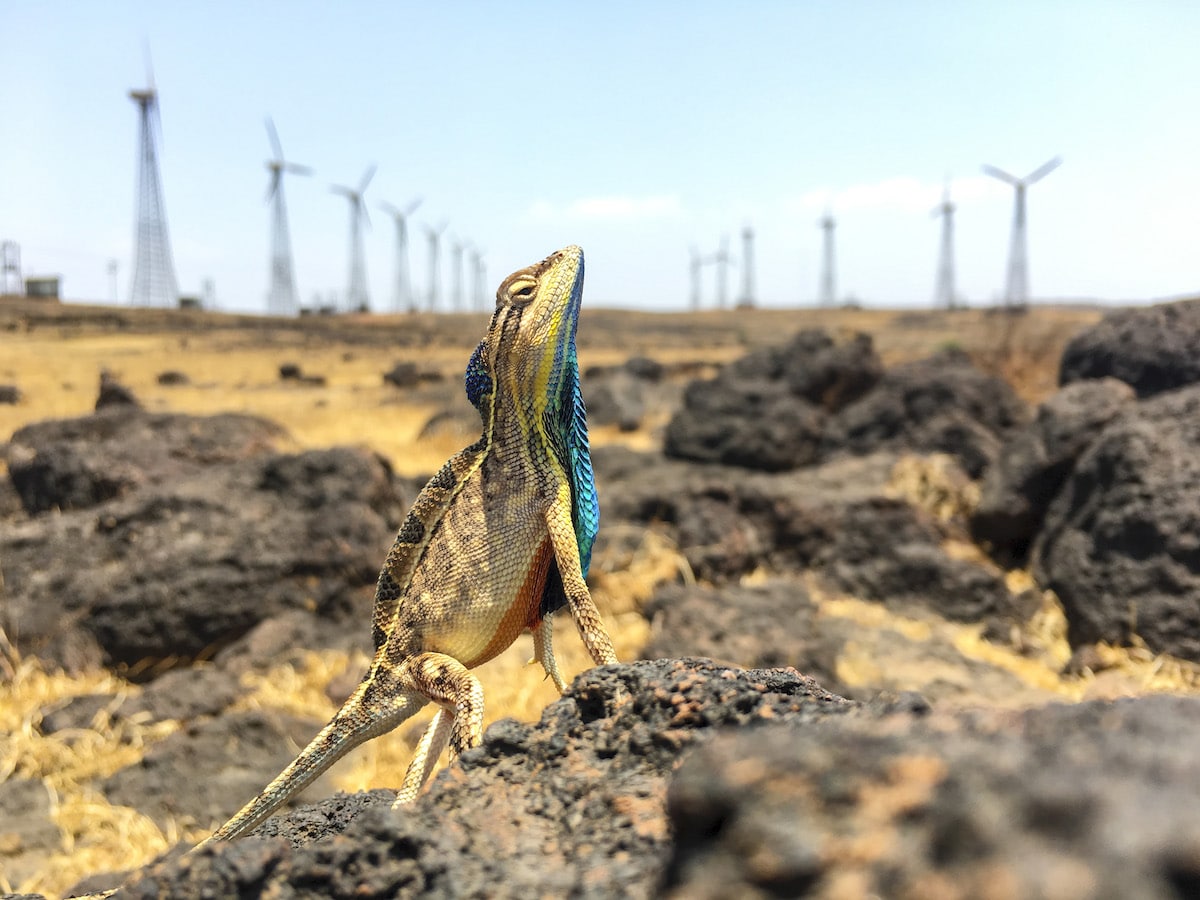
“Lizards and Windmills” by Sandesh Kadur (India). First Place, Climate.
A vibrant Fan-throated Lizard (Sarada superba) stands guard over his territory. This lizard was photographed in the Chalkewadi plateau in Satara district, which is the site of one of the largest wind farms in this region. Researchers believe that that windmills may affect predator behavior giving a chance for these tiny lizards to thrive in this rocky plateau.”
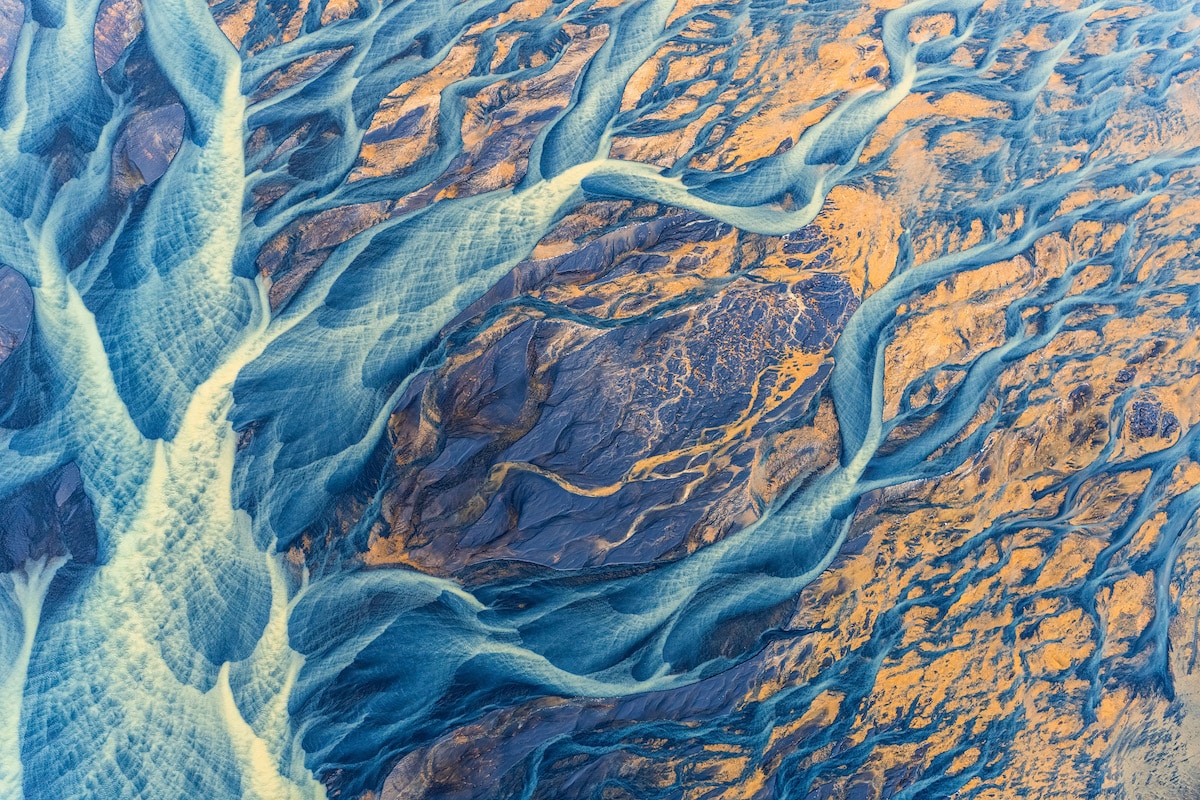
“Braided River” by Kristin Wright (USA). First Place, Water.
“Brightly colored sediment paints the Icelandic landscape as at flows towards the ocean. The glacial river, Þjórsá, is the longest river in Iceland, originating at Hofsjökull glacier and meandering 230km to the Atlantic Ocean. The aerial perspective provided by a small airplane, reveals the bright and varied colored sediment tracing the river's path towards the ocean.”
Over 100,000 photos from photographers in 196 countries were entered into the contest.
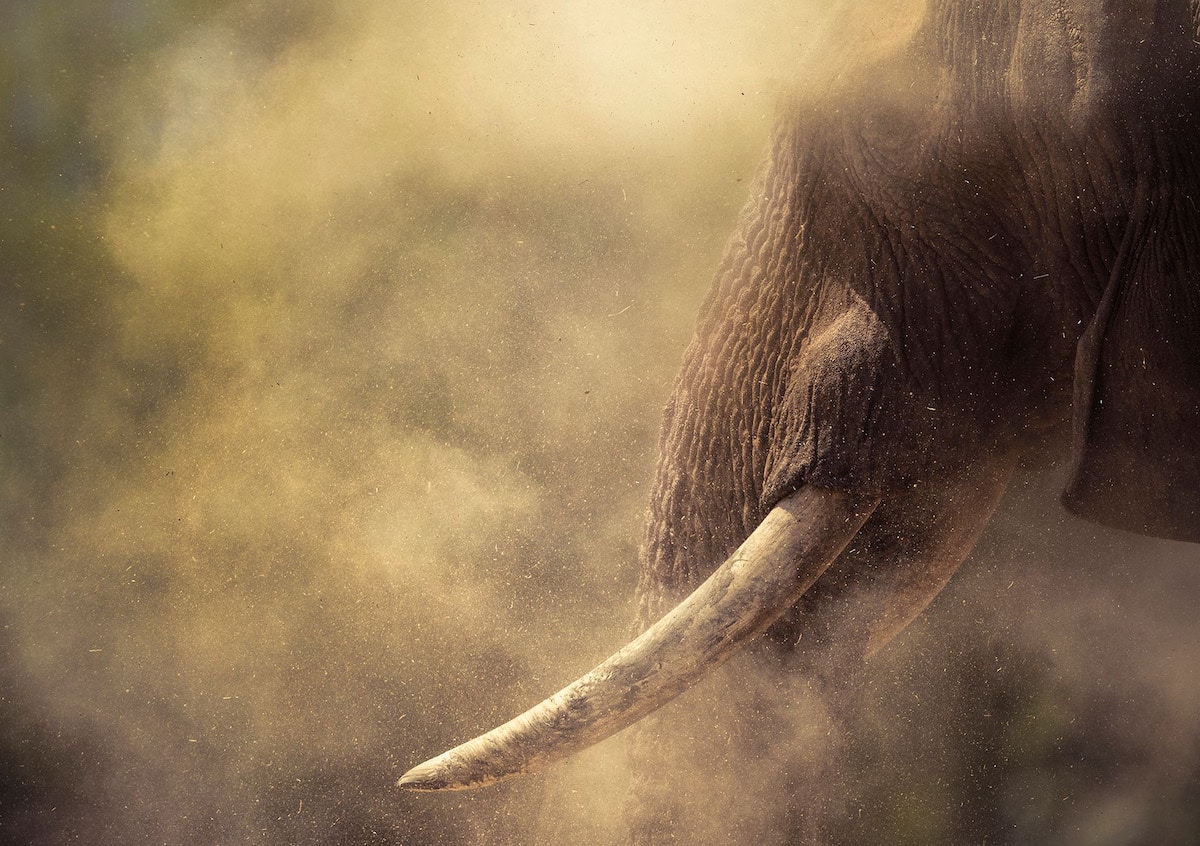
“Giant in dust” by Panos Laskarakis (Greece). Second Place, Wildlife.
“The African dust around the supergiant is one of the best spectacles in wild Namibia!”

“Morani and Friend” by Anup Shah (UK). First Place, Wildlife.
“The sun breaks free of the horizon. There is a hint of a faint breeze. Otherwise, a pure stillness reigns. Then, a taut impala stares fixedly. Two moving objects. The lion on the right is distinctly older than its youthful companion. The old guy is one of the Four Musketeers that ruled Mara long time ago. Ruthlessly. And now, Morani has re-appeared out of nowhere.”
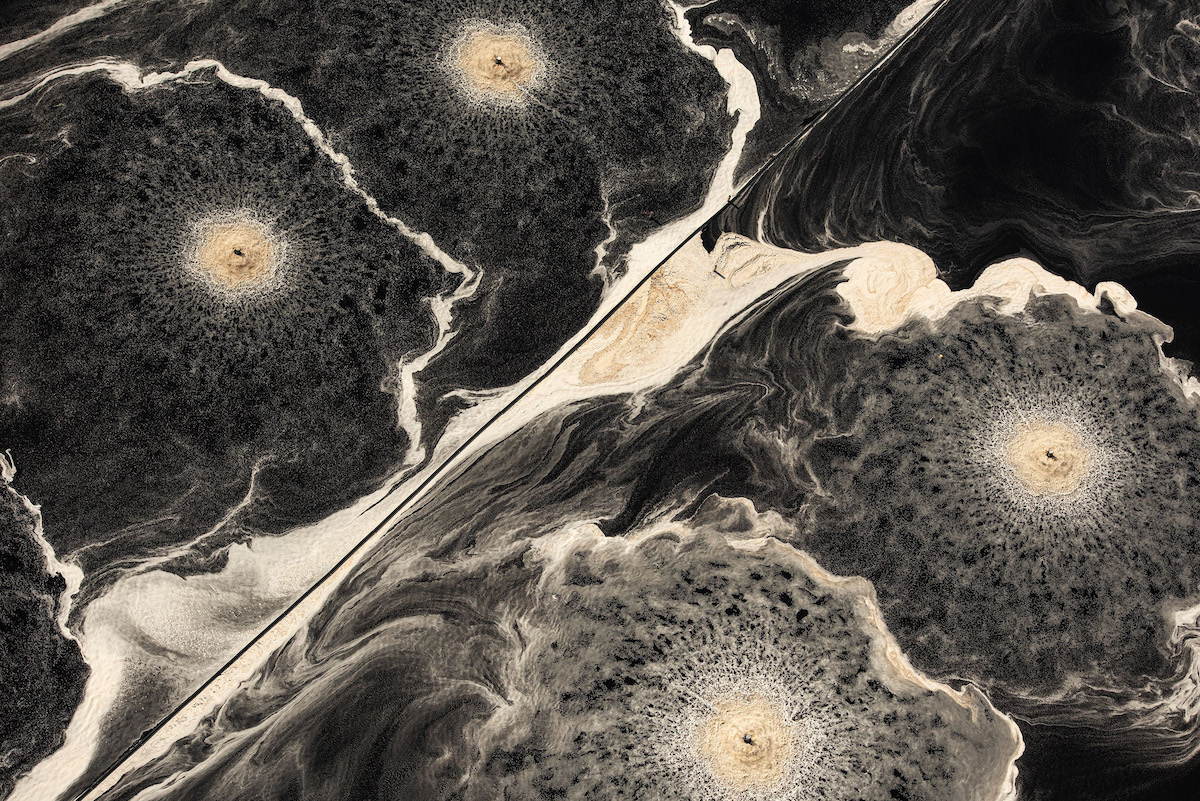
“Making Paper”by Jassen Todorov (USA). Honorable Mention, Climate.
“Wastewater ponds are necessary yet dangerous. The leaking or deliberate discharging of inadequately treated water has polluted freshwater and saltwater ecosystems and has caused disease and health problems in humans, fish, plants, and other wildlife. This aerial image was taken while I was flying my single-engine Piper Warrior plane.”
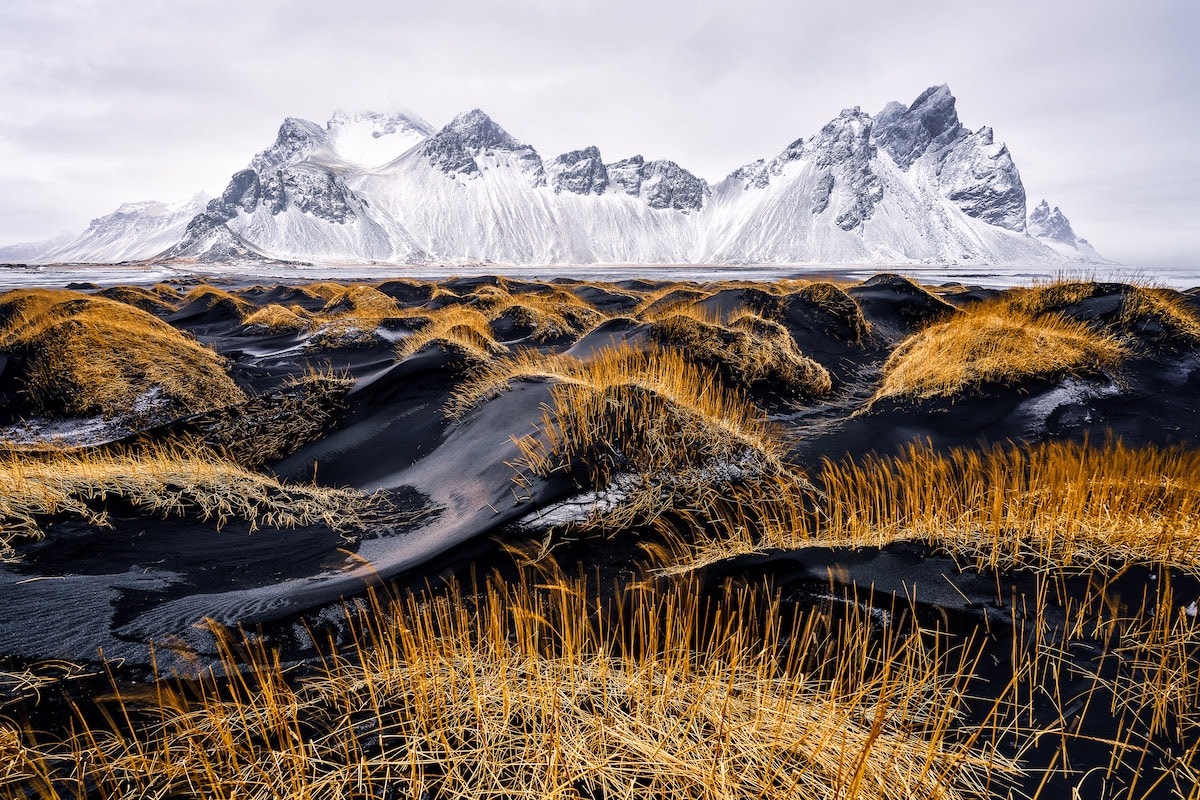
“Difference” by Ivan Pedretti (Italy). Honorable Mention, Landscape.
“Winter in Stokksnes in the beach with black sand and the majestic mountain called Vestrahorn, I like the difference in colors between the white mountains and the black dunes with the yellow grass.”
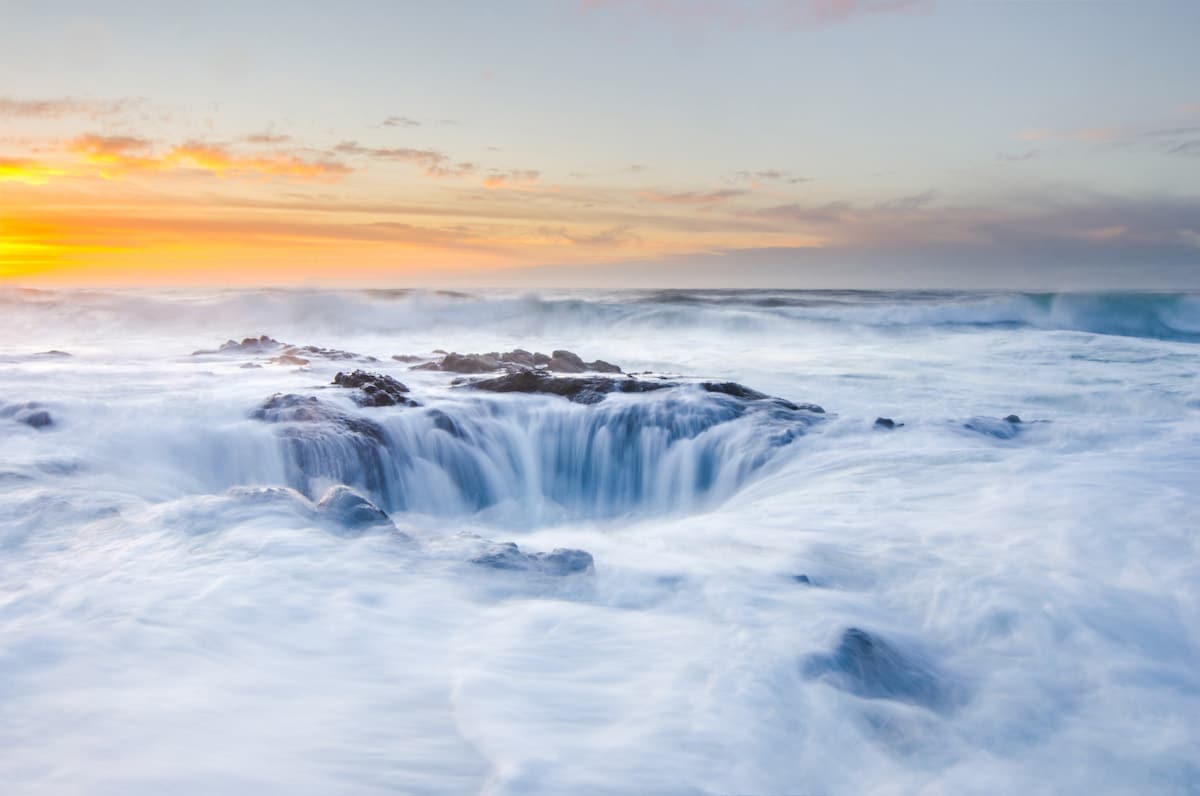
“Thor's Well” by Tom Fenske (USA). Honorable Mention, Water.
“Also known as the Drainpipe of the Pacific, this natural hole in the rock along the Oregon Coast is seen here at sunset. When the tide is just right the ocean seems to drain away through the hole.”

“ADI” by Francisco Javier Munuera González (Spain). First Place, Landscape.
“We ascended through the forest immersed in fog, and when we reached the top for a few minutes in which the fog cleared we could enjoy the gales caused by the low temperatures.”
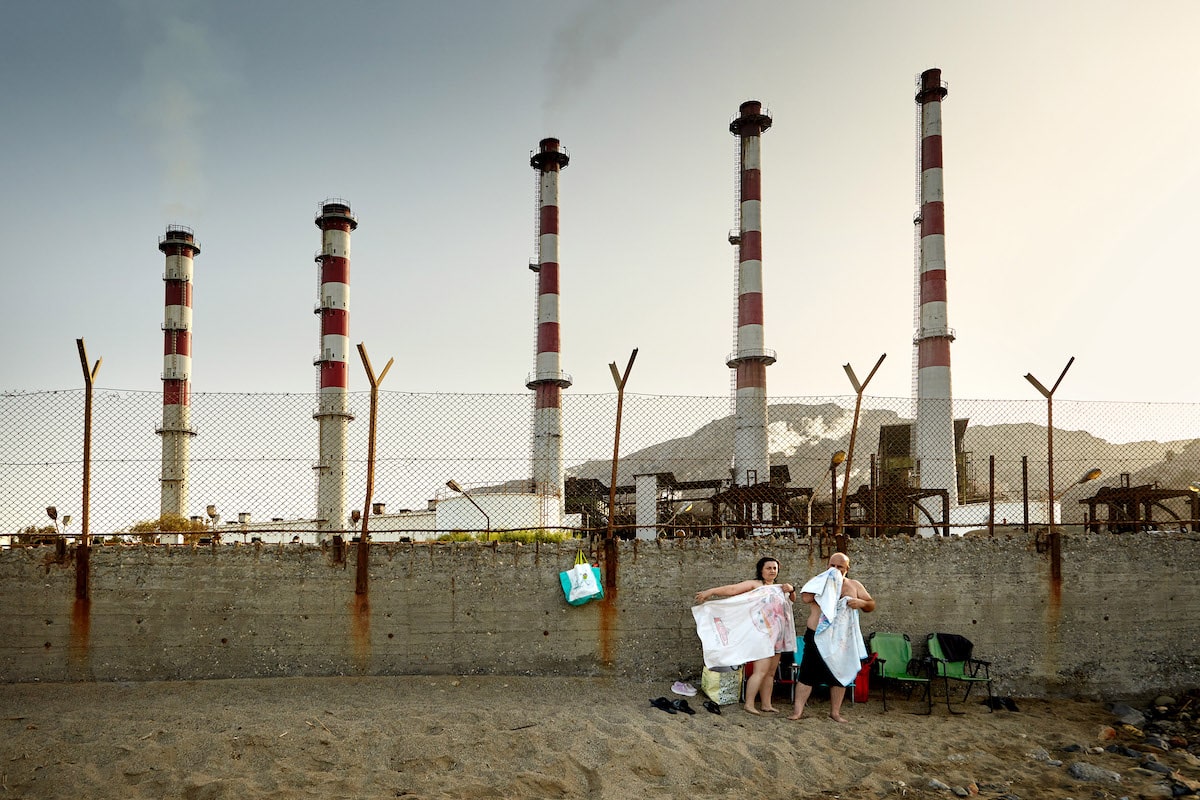
“Rest” by Janusz Jurek (Poland). First Place, People and Nature.
“The photo was taken in Greece. In the beginning, I wanted to photograph the sea landscape, as everyone does, only turned 180 degrees. What I saw turned out to be more interesting. A huge factory broke into the sea, taking the beach away from restful people. A simple, ordinary scene is very symbolic for me. Industry pushes people off the ground. It pushes more and more. We are taking more and more.”
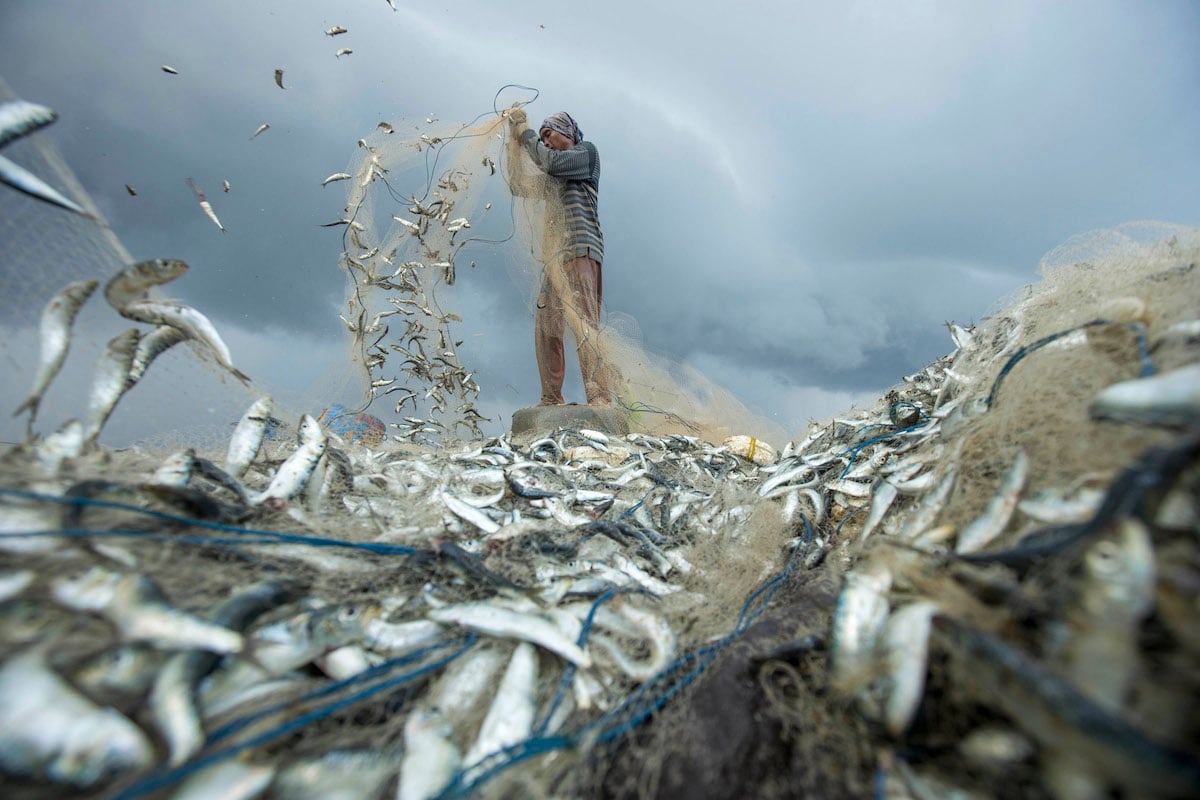
“Jaring melimpah” by Komang Arnawa (Indonesia). Second Place, People and Nature.
“Sorting activities of fishermen’s catches in the village of Kedonganan Bali.”
This year's contest included two new categories, Plants & Fungi and Climate.
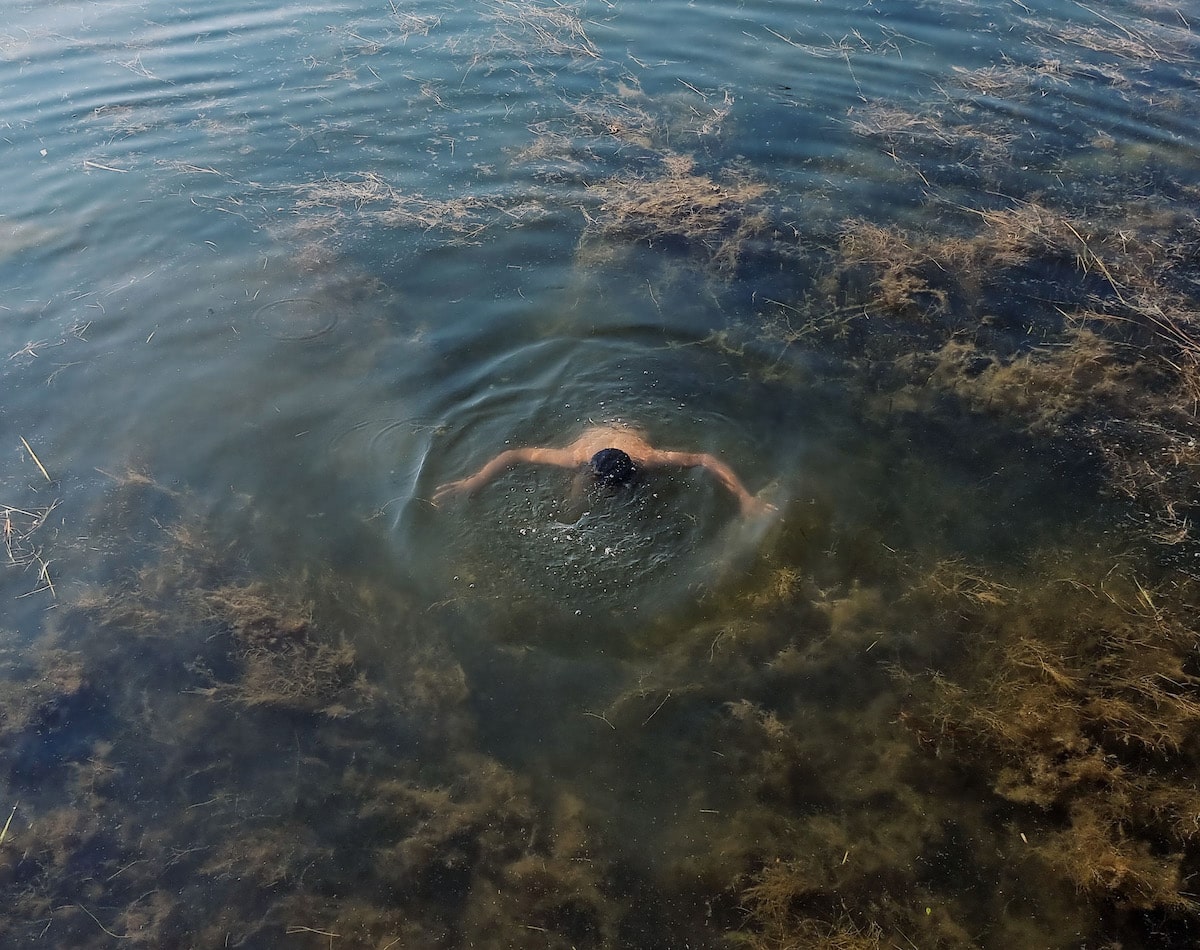
“Cleaning the Lakes” by Amish Jain (India). Second Place, Climate.
“A person cleaning the lakes of excessive sea vegetation due to hot climate as well as waste being dumped into the lake.”
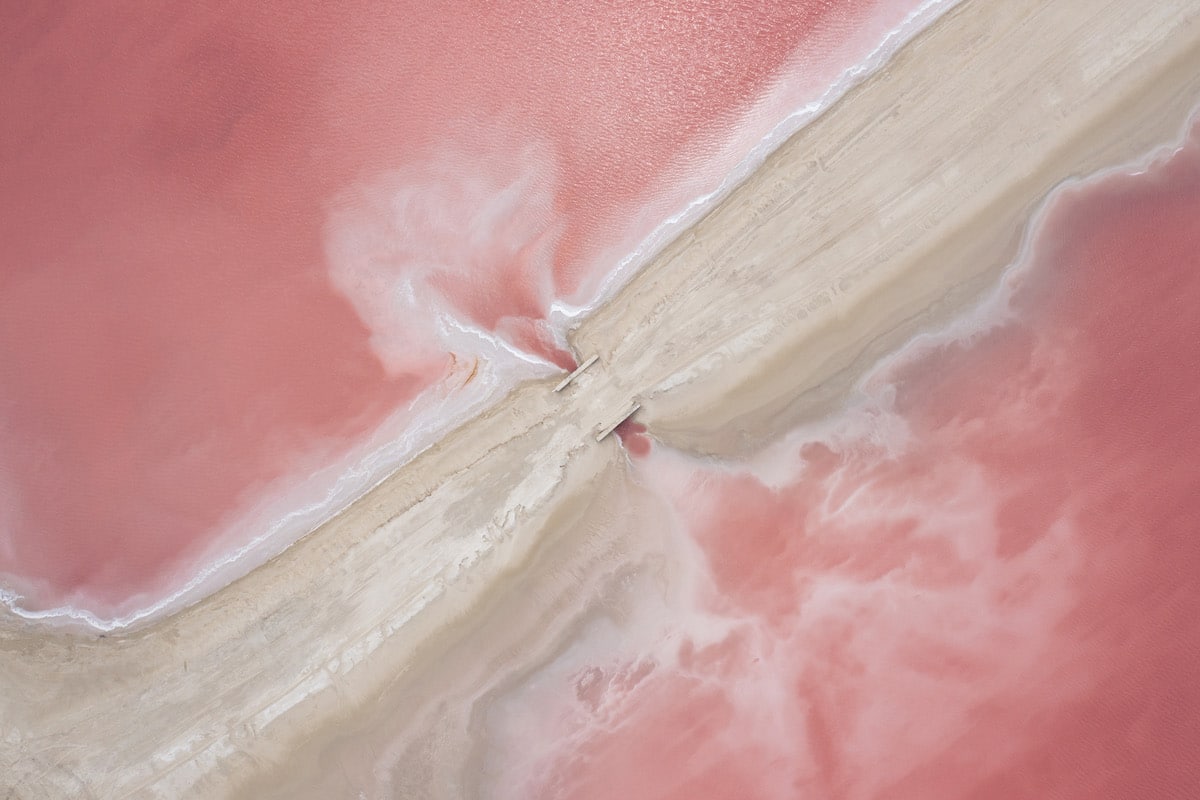
“Untitled” by Nick Leopold Sordo (Mexico). Second Place, Water.
“Las Coloradas salt mines in Yucatan. In these pink water lagoons is one of the most important salt-generating plants in the country. They directly adjoin the Río Lagartos natural park, which is an important site for the American flamingo.”
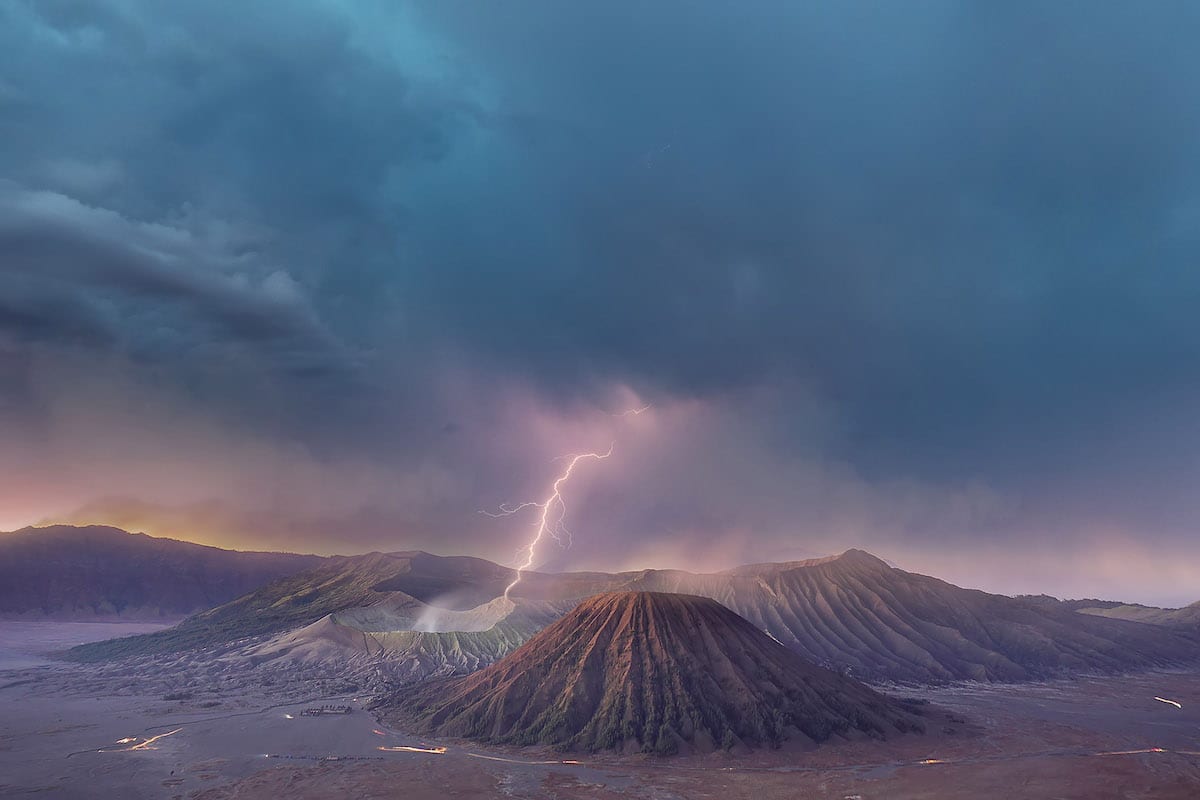
“Mystical Bromo” by Hendy Wicaksono (Indonesia). Second Place, Landscape.
“Bromo Tengger Semeru National Park (TNBTS) is one of the 10 priority tourist destinations in Indonesia. Bromo tourism can be a coveted tour for many people because this mountainous landscape that stretches around 50,276.3 hectares will greatly spoil the views of tourists with the splendor of Mount Bromo.”
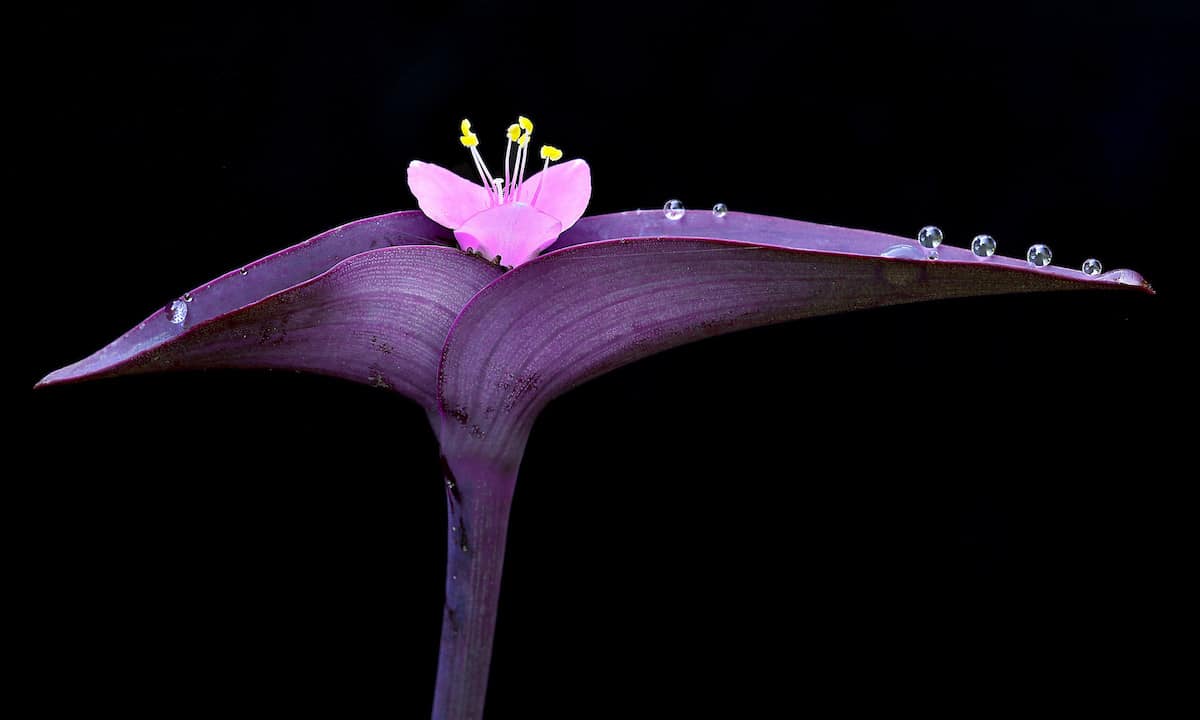
“Balance” by Patrick Krohn (USA). Honorable Mention, Plants and Fungi.
“Dew drops balance on this purple heart flower on an early morning in the spring of 2022 in my front yard in Aiken, SC, USA.”
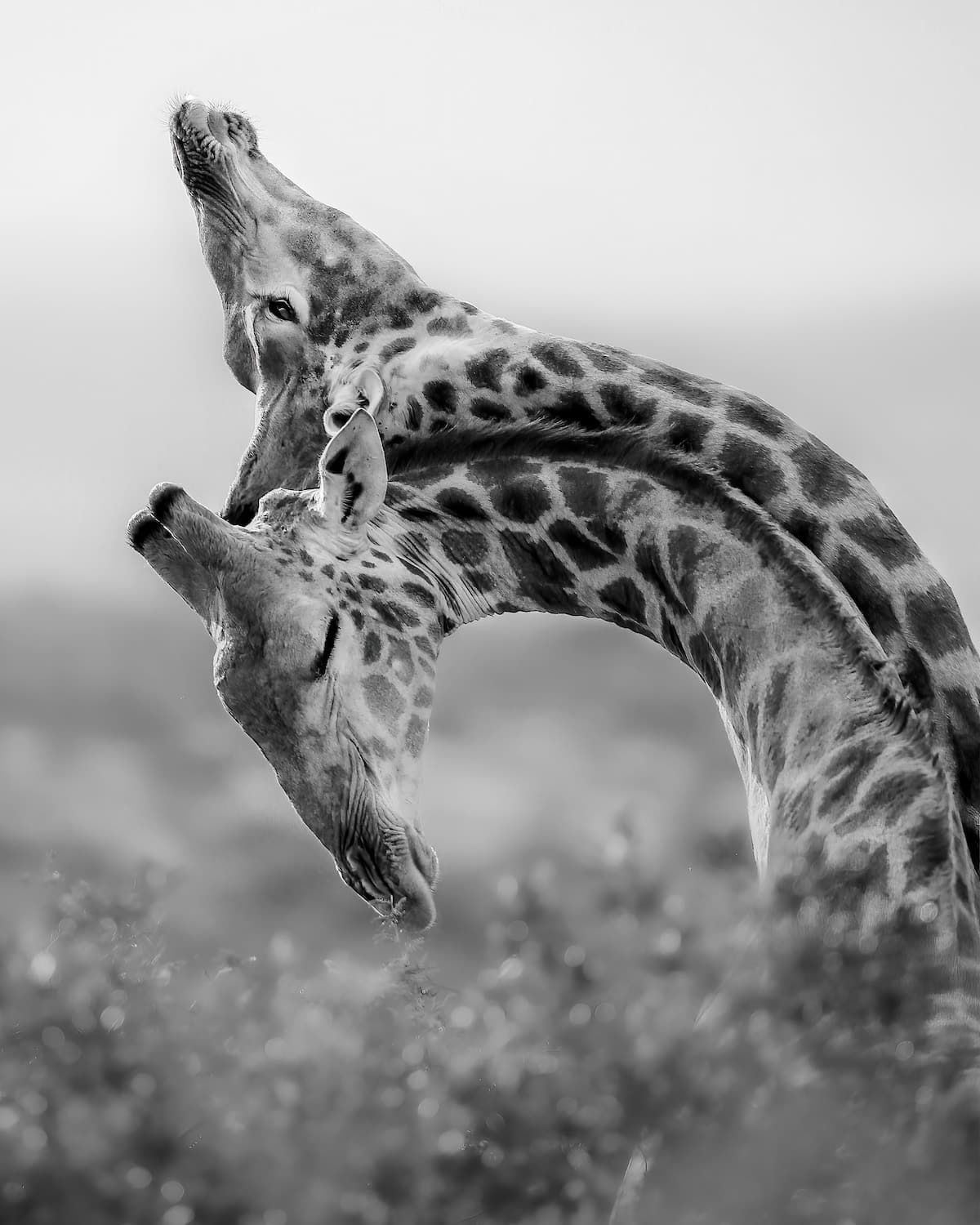
“A Giant's Ballet” by Torie Hilley (USA). Honorable Mention, Wildlife.
“During my time studying the African painted dog in South Africa, we came across these two young bull giraffes “necking” – which is their form of sparring or fighting. Most people think when they see this photo that it is a sign of affection, but once they read the description, the context becomes very different.”
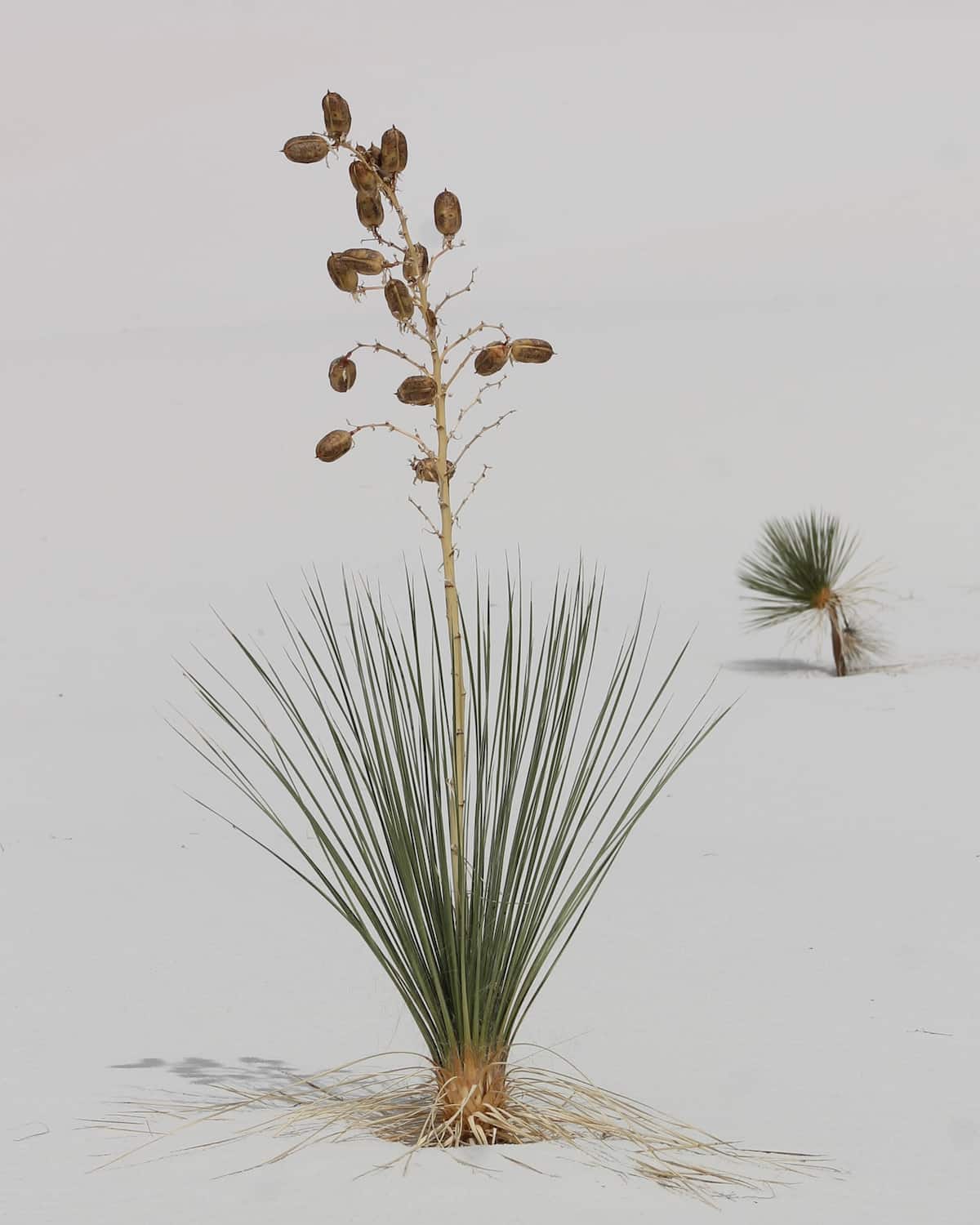
“Untitled” by Xiaoling Keller (USA). Second Place, Plants and Fungi.
“Soaptree Yucca in White Sands National Park, New Mexico.”
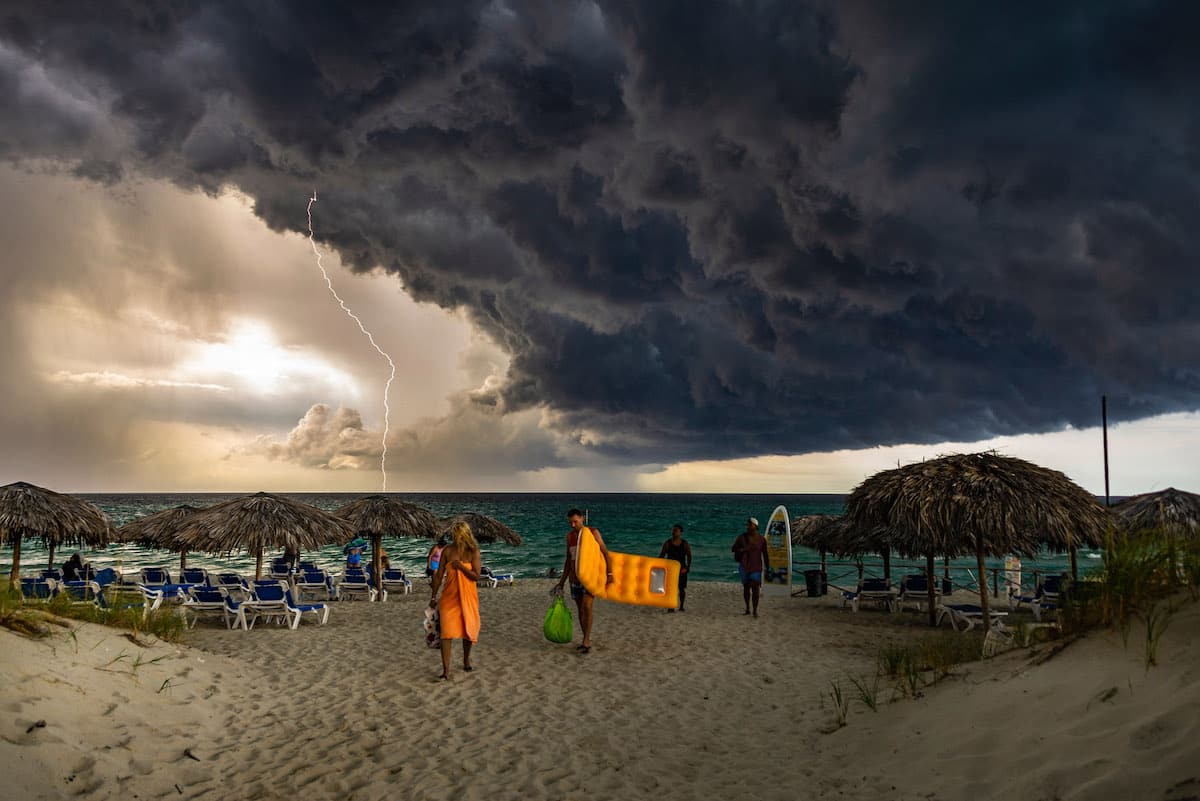
“Untitled” by Giovani Cordioli (Brazil). Honorable Mention, People and Nature.
“I was at Varadero beach, Cuba when I saw this huge cloud coming, then I ran to the room and brought my camera to capture it. With a lot of lightning I took some shots of this amazing storm. In the original photo I captured the exact moment when the lightning strikes the sea, without using long exposure features in daylight. That's it!”
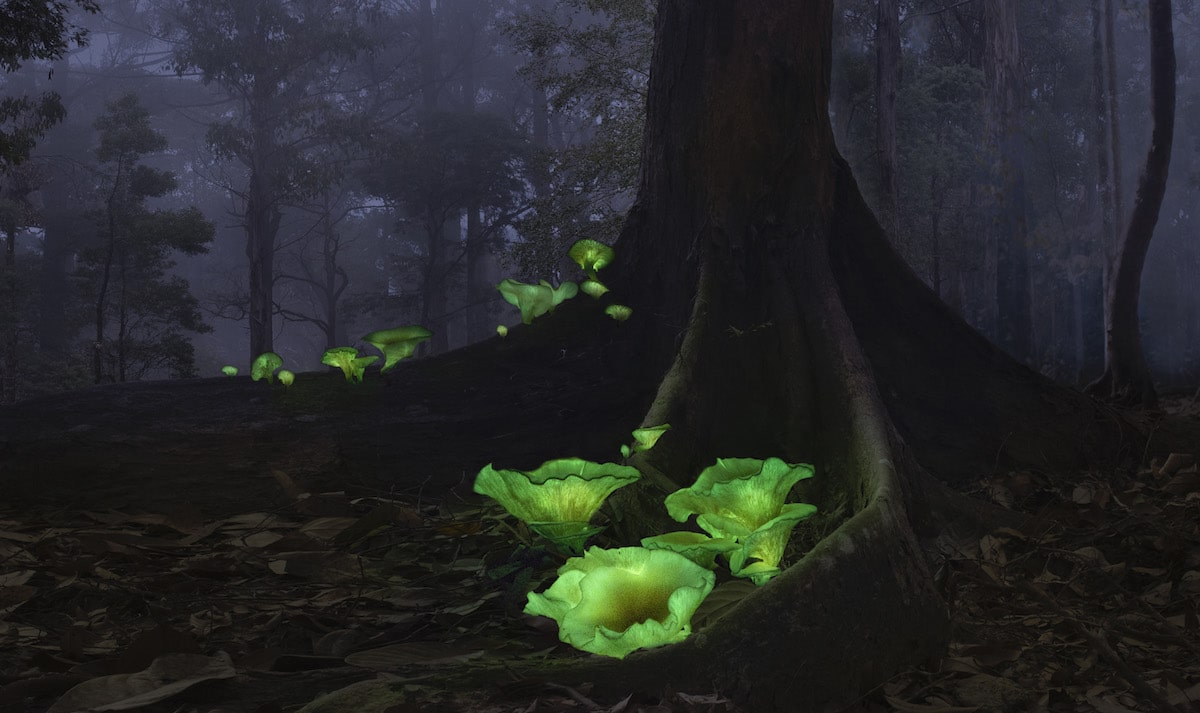
“Ghost Mushrooms” by Callie Chee (Australia). First Place, Plants and Fungi.
“Nicknamed ghost mushrooms due to its eerie green glow, the scientific names of these bioluminescent mushrooms are Omphalotus Nidiformis. The glow is very much visible to the naked eyes in complete darkness. They are found in certain forests in Australia. Finding them and photographing them can be challenging as they grow and glow for only a few weeks in a year.”





































































